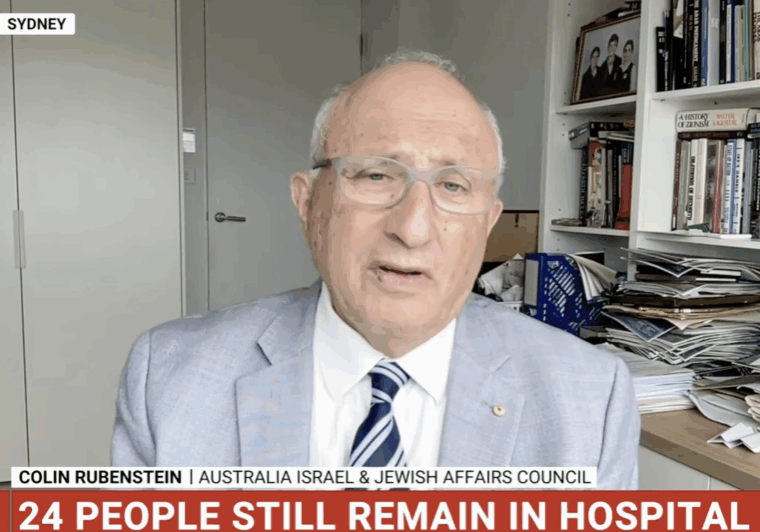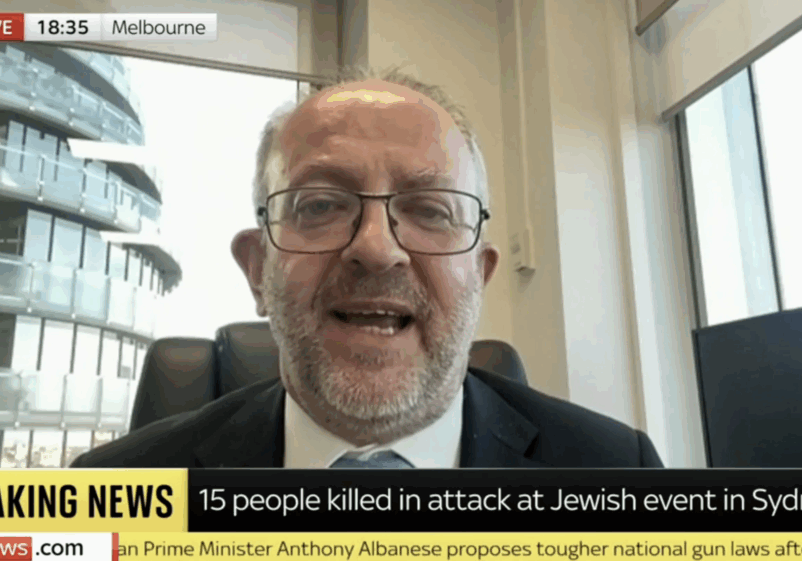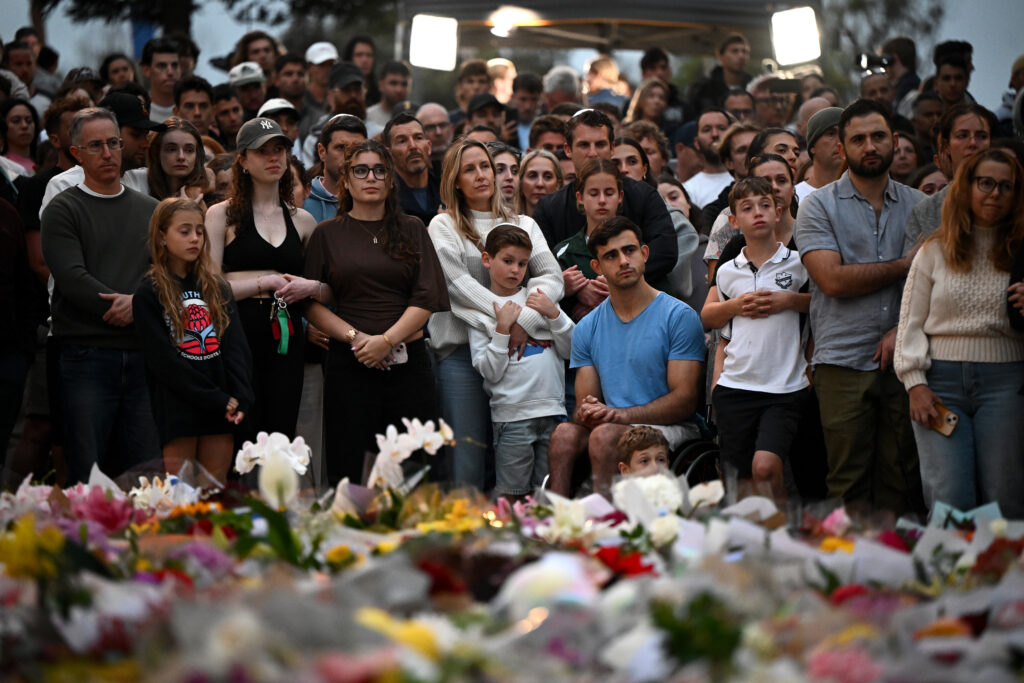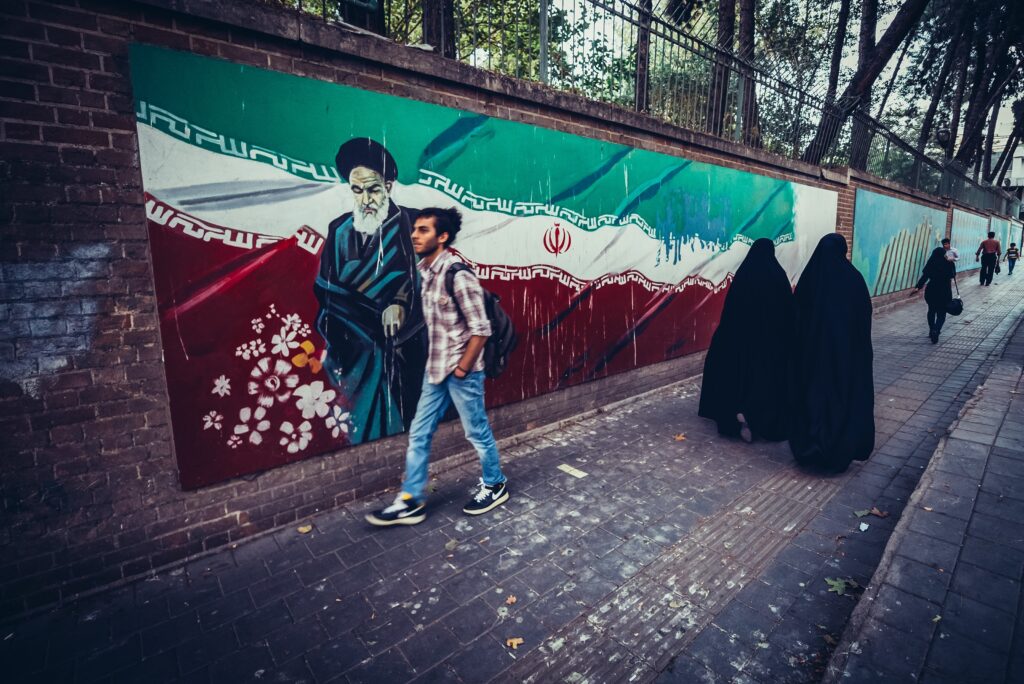FRESH AIR
UPDATES
Exclusive: Settlement ‘expansion’ fails to even match natural growth
July 21, 2016 | Ahron Shapiro
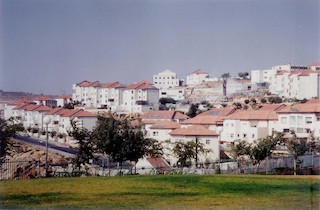
Ahron Shapiro
Israeli housing construction in the West Bank is back in the news again, and once again major global political figures – who are presumably well briefed on the issue and should know better – have been blowing the issue out of proportion and misrepresenting the reality on the ground.
While media reports often make it seem as if Israeli settlement activity is constantly accelerating, new research by AIJAC proves that Israel has been exercising great restraint in regard to such construction for years.
The fact is, since Israeli Prime Minister Binyamin Netanyahu took office in 2009, on average, demand for housing in settlements for natural growth – i.e. births and marriages – has exceeded supply of new housing, even in settlement blocs Israel is expected to keep in any potential peace agreement. Far from “massively expanding”, settlements are barely treading water.
These statistics are available to anyone, yet diplomats continue to overemphasise the settlements issue – a counterproductive exercise which stands to diminish prospects for peace between Israel and the Palestinians – not because of the settlement reality but by propagating the myth of exaggerated Israeli settlement activity.
Such examples of this overemphasis on settlements are commonplace and routine. On July 12, Gerard van Bohemen, Permanent Representative of New Zealand to the United Nations, told the Security Council:
We were deeply disturbed by Israel’s recent decision to advance plans for 800 new housing units in settlements in East Jerusalem and the West Bank. Such settlements are an affront to this Council, an affront to the Quartet, and take us further from peace.
Earlier, as part of a report on July 1, the Middle East Quartet criticised construction in Israel’s settlements as well as calling attention to the population growth there, claiming that these issues were making a two-state peace outcome less possible.
Between 2009 and 2014, the West Bank settler population increased by over 80,000, including at least 16,000 deep in the West Bank. During this period, construction began on over 9,000 new settlement units in Area C.
This is flawed reasoning by the NZ Envoy and the Quartet. As for the 800 units mentioned by van Bohemen, 560 are earmarked for the thriving Jerusalem suburb of Ma’ale Adumim (population 40,000 as of 2014), while the rest of the homes were to be split between the long-established Jerusalem neighbourhoods of Ramot (population 50,000 as of 2011, a neighbourhood which sits almost entirely in what used to be a demilitarised zone between Jordanian and Israeli lines between 1948 and 1967) and Har Homa (population 25,000 as of 2013).
Meanwhile, what the Quartet report failed to explain is that all Israeli West Bank settlements are in Area C, and it failed to differentiate between construction in settlement blocs compared to isolated settlements.
This is no mere issue of semantics and is as equally relevant for settlement blocs as for Israel’s east Jerusalem neighbourhoods.
The entire raison d’être for the mutually agreed land swaps that everyone from US President Obama to the Arab League have referred to as part of any potential peace agreement between the Palestinians and Israel is to help resolve the settlement issue.
They were designed to do so by allowing Israel to keep its existing east Jerusalem neighbourhoods and strategic settlement blocs where most settlers live and in return give Palestinians land inside of pre-’67 Israel as compensation.
If settlement blocs and east Jerusalem neighbourhoods aren’t the land the Security Council and Quartet had in mind for land swaps, just what exactly were they expecting to swap? And if they are the land destined for swaps, what exactly is the problem for Israel to build there?
For years, Palestinian officials have admitted as much to journalists – usually on condition of anonymity. For example, on November 21, 1999 in an article headlined “In exchange for statehood. PA would swap some settlements for land”, Jerusalem Post reporter Lamia Lahoud wrote:
Public declarations notwithstanding, Palestinian Authority officials say quietly they are likely to accede to a key Israeli demand to retain some settlements in a final-status deal, as long as they obtain statehood and equivalent land swaps inside pre-Six Day War Israel.
Furthermore, settlement population growth criticised in the Quartet report is demonstrably irrelevant to peace prospects, as I blogged in December 2014 and October 2015.
In the 2014 blog, I wrote:
Population growth figures are misleading for a number of reasons. First of all, they do not differentiate between people who are actually moving into the settlements and new births into settler families.
As I wrote on November 11 [2014], ultra-orthodox Jews – who tend to have very large families – are the fastest growing settler group, accounting for 31 percent of the Jewish population of the West Bank (as of 2011) yet they make up some 10 percent of the overall Jewish population of Israel (as of 2012).
Incidentally, they also happen to live for the most part in just a few specific settlements located in settlement blocs that Israel would be expected to retain in any peace agreement after land swaps with the Palestinians.
Last month, Peace Now’s Shaul Arieli inadvertently proved this point in his op-ed for Ha’aretz titled “Look at the figures: Israel’s settlement enterprise has failed“.
Arieli wrote:
In 2015, as in the preceding five years, almost 90 percent of the 15,523 individuals who joined the population of Judea and Samaria were a result of natural population growth [i.e. high birth rates, and not newcomers from other parts of Israel].
Arieli did not write his essay in order to defend the Netanyahu Government’s restraint on the settlement issue but rather to embarrass it. He attempted to claim that the reason why population growth in the settlements is almost entirely due to births, not migration, is because Israelis don’t want to move there. However the construction statistics tell a different story. We don’t actually know whether or not Israelis want to move there because most Israelis simply can’t move to the West Bank due to lack of new housing.
This is the complete opposite of the claims about “massive increase in settlements” that have been made in the past by figures such as US Secretary of State John Kerry and former Australian foreign minister Bob Carr.
Over the past seven years, hard data from Israel’s Central Bureau of Statistics has consistently borne this out.
Most recently, on June 20 the Jerusalem Post‘s Tovah Lazaroff reported that housing starts in the settlements had dropped by 53 percent in the first quarter of 2016 compared to the same period last year.
Lazaroff reported:
The ground broken in settlements for 331 new homes reflected only 3% of the 11,813 housing starts nationwide, according to data the CBS published last week. During the same period in 2015, the 705 settler housing starts represented 5% of the 12,860 throughout the country.
While housing data fluctuates from quarter to quarter and can at times seem confusing and contradictory (Lazaroff herself notes later in the story that housing completions from previous starts in the West Bank had increased, for example), what is most relevant are long term trends.
Three statistical trends are a matter of factual record and are beyond dispute:
First, since taking office in 2009, Israeli Prime Minister Binyamin Netanyahu has built fewer homes in Israeli settlements in the West Bank than previous prime ministers going back to the 1990s, including centrist Kadima’s Ehud Olmert and Ariel Sharon and centre-left Labour’s Ehud Barak.
[AIJAC has been keeping statistics on housing starts in Israeli settlements in the West Bank since 2000 and they can be viewed here.]
Second, as mentioned earlier, the vast majority of homes that have been built in settlements are in settlement blocs that take up a tiny fraction of the West Bank and are expected to remain part of Israel in any future peace deal as a result of negotiated land swaps with the Palestinians (land swaps being a principle that even the Arab League has endorsed).
Third – and this regrettably has not been well reported even inside Israel – the long term trend has shown proportionally fewer housing starts in Israeli settlements than elsewhere in Israel, and also fewer housing starts in proportion to the Israel’s settler population compared to the general population.
What does this mean, exactly? As I also reported in my December 2014 blog, at the end of 2013, settlers made up 4.38 percent of Israel’s population. (Today, according to the latest data available, settlers have increased to 4.47% of Israel’s population. As I shall reconfirm shortly, we know that this modest increase itself is entirely due to births among the settler population and not from new housing since, again, according to the long-term trend, new housing inside pre-’67 Israel outpaces construction within settlements.)
If housing starts in the settlements only account for 3% of Israel’s overall housing starts in an area that contains 4.47% of the population, it means that the settlement population is being underserved and cannot find enough new housing to even accommodate natural growth.
Put another way, it means that if the children of settler parents (who may well have been raised in the West Bank from birth and even married a friend from the same settlement) wants to start a family close to their parents, they may not be able to do so because there simply aren’t enough new houses being built to accommodate that.
A line graph perhaps explains this situation best. AIJAC has produced a fact sheet with the line graph that you can download here and the raw data that was used to construct the line graph here.
Looking at the statistics, however, does invite the question why settlement housing starts clearly did outpace natural growth between 2000 and 2008, with the biggest surge happening under the centre-Left government of Labor Prime Minister Ehud Barak in 2000.
The answer can be found in an article published on September 28, 1999 in the Sydney Morning Herald [No online link available]. Correspondent Ross Dunn noted that Barak had issued tenders for 2,600 new homes in Jewish West Bank settlements within the span of just two months after he took office. Dunn approached Barak’s housing minister Yitzhak Levy for an explanation.
Dunn wrote:
…Mr Levy said most of the new homes were to be built in Jewish communities in the West Bank which are considered satellites of Jerusalem and would remain under Israeli sovereignty, even after a final peace settlement with the Palestinians.
Indeed, this strategy of building primarily in blocs Israel was expected to retain in any peace agreement was the principle which guided Israeli settlement policy not only for the Barak Government, but at a slower pace for subsequent right and centrist governments of Likud and Kadima until the election which brought Netanyahu to power in 2009.
For example, veteran US Middle East correspondent Joel Greenberg reported in an article about settlements on June 15, 2008 for the Chicago Tribune:
[Then-Prime Minister Kadima leader Ehud] Olmert and other Israeli officials have argued that the new building does not prejudice peace talks because it is in Jerusalem on land Israel considers its sovereign territory, or in large West Bank settlement blocs that Israel wants to keep and which President Bush has said must be taken into account when drawing borders in a future peace agreement.
Meanwhile, Netanyahu has gone even further – contrary to his reputation – slowing construction even within the settlement blocs to a pace that demonstrably no longer accommodates natural growth.
One final but important note: In 2004 US President George Bush provided then-Israeli Prime Minister Ariel Sharon assurances that final borders between Israel and a future Palestinian state would reflect realities on the ground and that, in the meantime, Israeli construction in its West Bank settlements would be allowed to accommodate natural growth. This was reconfirmed in 2009 by Bush’s top official in charge of Israeli-Palestinian affairs, Elliott Abrams.
Moreover, according to the Oslo Accords and its signed addendums and additions – legally binding documents recognised under international law – Israel has the right to exercise complete administrative and security control over Area C. According to these signed agreements with the Palestinian leadership, the fate of the settlements needs to be negotiated directly between the two parties as part of final status agreements.
This point and others can be found in a fact sheet on settlements AIJAC produced last year.
It is international diplomatic disregard and indifference for written and verbal assurances regarding the settlements issue – and not the existence of settlements or Israel’s tepid lifeline of services and development for the settlements – that may do the worst damage to the prospects for peace between Israel and the Palestinians.
If Israel is forced to conclude that any such agreements that Israel signs as part of a peace deal may fail to be upheld and supported by the international community, how can it sign a peace deal which will almost certainly require international security guarantees?
Such arbitrary enforcement of agreements could compromise Israel’s security while at the same time limiting its ability to defend itself from future threats from a Palestinian state – an untenable situation no Israeli leader could accept.
Ahron Shapiro
Tags: Israel
RELATED ARTICLES
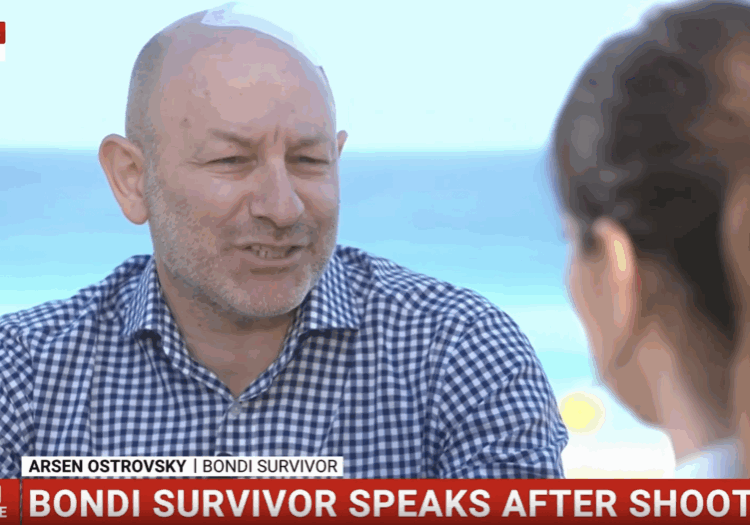
“My first reaction was ‘I need to know where my family is'”: Arsen Ostrovsky on Sky News















